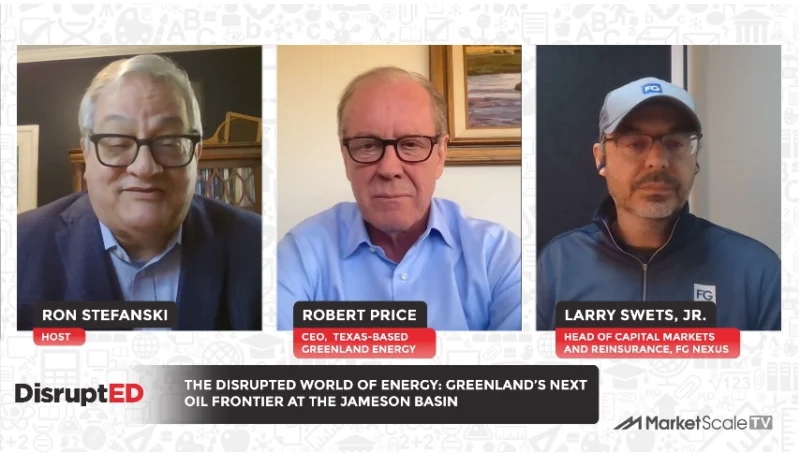How AI Is Saving Time and Money in Critical Infrastructure Control Rooms
“Digital transformation” might sound like a vapid buzzword, but make no mistake: when you get down to brass tacks, the digitization of long-held industry processes is providing actionable information from massive amounts of data. On this episode of the Energy Podcast brought to you by MarketScale, we’ll discuss machine learning’s critical impact on oil and gas industry control rooms with Dan Nagala, president and CEO of UTSI International Corporation.
Texas-based UTSI is a vendor-independent consulting and engineering services company that focuses on Industrial Control Systems (ICS) for oil and gas pipelines and related critical infrastructure facilities. Nagala has been leading the company’s initiatives as CEO for an astonishing 30 years and has seen machine learning and artificial intelligence in its earliest iterations.
“AI and machine learning had a rocky start,” Nagala said, explaining how AI has finally come into its own in the last decade.
Nagala shared four types of analytics that are taking hold of critical infrastructure control rooms.
- Diagnostic analytics figures out what happened from an incident from past data that wasn’t immediately available or obvious at the time, Nagala said.
- Descriptive analytics looks at past data for correlations.
- Predictive analytics uses historical data from, for example, an equipment’s long term use.
- Prescriptive analytics looks at historical data and creates what-if scenarios based on it.
“If you can predict failure before it happens, you can get in there to schedule a maintenance run and avoid a failure that’ll require more time to repair and cost more money,” Nagala said.
Follow us on social media for the latest updates in B2B!
Twitter – @EnergyMKSL
Facebook – facebook.com/marketscale
LinkedIn – linkedin.com/company/marketscale









